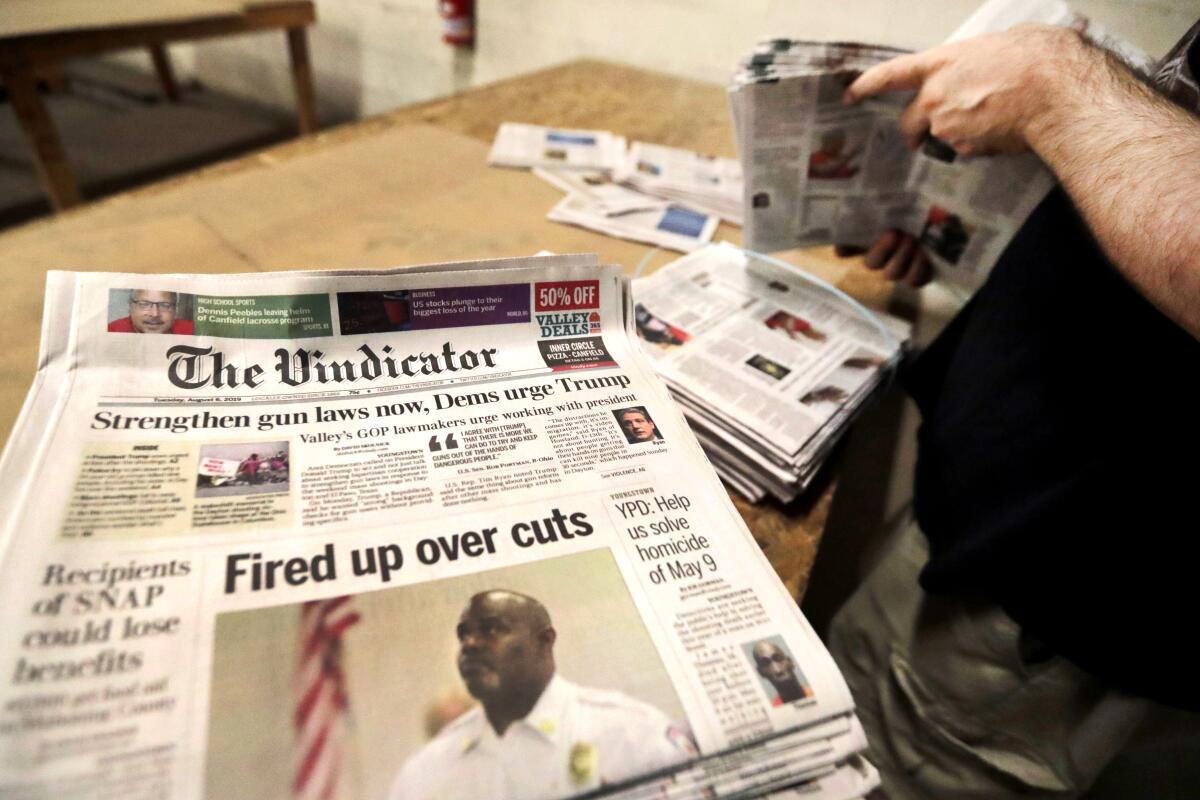The Buzz on News Articles
Table of ContentsThings about News ArticlesNews Articles for BeginnersThe Basic Principles Of News Articles Get This Report about News ArticlesNews Articles Can Be Fun For Anyone
Excellent knowledge of different topics offers trainees an one-upmanship over their peers. Despite the fact that digital and social networks are easily easily accessible, we need to not neglect just how vital it is to read the papers. Parents need to attempt and instill the practice of checking out a paper as an everyday regimen to continue the legacy of the revered print medium.News stories additionally contain at least among the complying with essential characteristics family member to the desired audience: proximity, prestige, timeliness, human interest, quirk, or consequence. The related term journalese is occasionally used, typically pejoratively, to describe news-style writing. One more is headlinese. Newspapers typically abide by an expository writing style.
Within these restrictions, newspaper article likewise aim to be comprehensive. However, other factors are entailed, some stylistic and some originated from the media kind. Amongst the bigger and a lot more highly regarded newspapers, fairness and balance is a major consider providing info. Commentary is typically restricted to a different section, though each paper might have a various overall slant.
Newspapers with a worldwide audience, for instance, tend to make use of a much more official style of composing. The certain options made by an information outlet's editor or editorial board are typically gathered in a style guide; usual style guides include the and the US Information Style Publication. The major goals of news writing can be summed up by the ABCs of journalism: accuracy, brevity, and clearness.
5 Easy Facts About News Articles Shown
As a regulation, reporters will not utilize a lengthy word when a short one will certainly do. News writers attempt to prevent utilizing the very same word much more than as soon as in a paragraph (in some cases called an "echo" or "word mirror").
Nonetheless, headings occasionally leave out the subject (e.g., "Jumps From Boat, Catches in Wheel") or verb (e.g., "Feline woman fortunate"). A subhead (also subhed, sub-headline, subheading, caption, deck or dek) can be either a subordinate title under the main headline, or the heading of a subsection of the write-up. It is a heading that comes before the main message, or a group of paragraphs of the main message.

Extra billboards of any of these kinds might appear later on in the article (particularly on subsequent pages) to attract further reading. Such signboards are also utilized as reminders to the write-up in various other sections of the publication or site, or as promotions for the piece in various other publication or sites. Normal framework with title, lead paragraph (recap in bold), other paragraphs (information) and call info.

Instance of a hard-lead paragraph NASA is recommending one more room job. The budget demands about $10 billion for the project.
The NASA news came as the firm asked for $10 billion of appropriations for the task. An "off-lead" is the second essential front page information of the day. The off-lead shows up either in the top left corner, or straight listed below the lead on the right. To "hide the lead" is to start the short article with background info or information of second importance to the viewers, forcing them to find out more deeply into a post than they need to need to in Extra resources order to uncover the important factors.
About News Articles
Typical usage is that a person or 2 sentences each form their own paragraph. Journalists usually explain the company or structure of a newspaper article as an inverted pyramid. The important and most intriguing elements of a story are put at the beginning, with sustaining info adhering to in order of lessening value.
It enables people to explore a subject to only the deepness that their interest takes them, and without the imposition of details or nuances that they might consider unimportant, yet still making that information readily available to more interested visitors. The inverted pyramid structure additionally allows posts to be trimmed to any type of approximate length during layout, to suit the room offered.
Some writers begin their stories with the "1-2-3 lead", yet there are lots of kinds of lead available. A twist can refer to numerous things: The last tale in the news program; a "pleased" tale to finish the program.
Longer posts, such as magazine cover posts and the pieces that lead the inside areas of a paper, are referred to as. Function tales vary from straight information in several methods. Foremost is the lack of a straight-news lead, many of the moment. As opposed to providing the significance of a story in advance, function authors might try to draw visitors in.
Everything about News Articles
A function's initial paragraphs typically associate a fascinating moment or occasion, as in an "anecdotal lead". informative post From the details of an individual or episode, its view quickly expands to abstract principles concerning the story's subject.
The Editor's Toolbox: A Reference Overview for Beginners and Professionals (2001) Allan M. Siegal and William G. Connolly. The New basics York City Times Handbook of Style and Use: The Authorities Design Guide Used by the Writers and Editors of the World's Most Authoritative Paper (2002) M. L. Stein, Susan Paterno, and R.